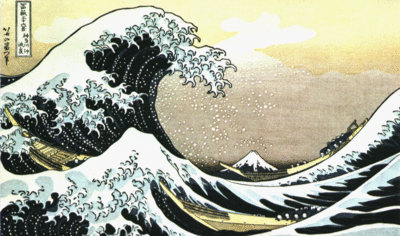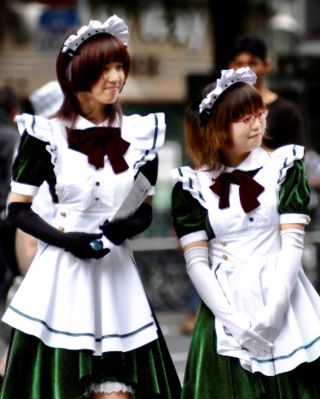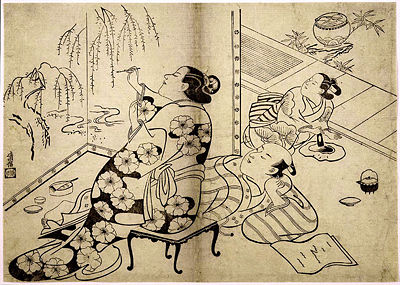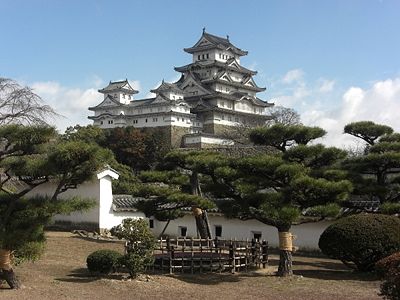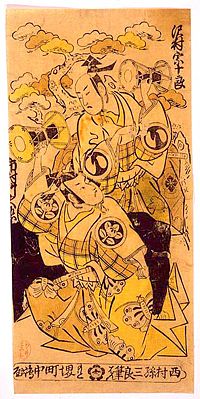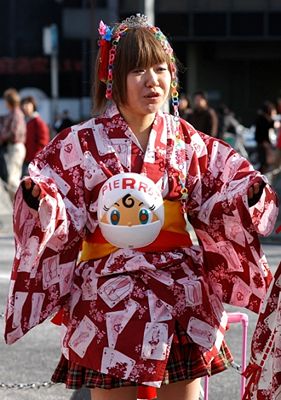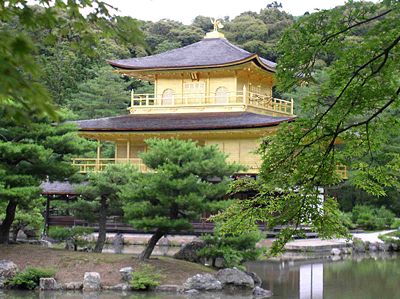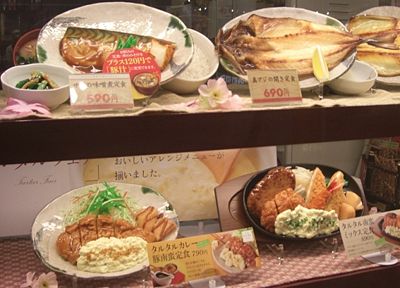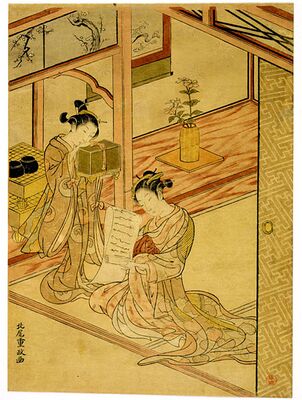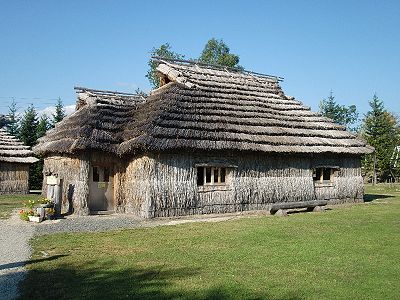Culture of Japan/Gallery: Difference between revisions
Jump to navigation
Jump to search

imported>John Stephenson (gallery) |
imported>John Stephenson (more) |
||
| Line 3: | Line 3: | ||
{{Gallery-mixed | {{Gallery-mixed | ||
|caption=Culture of Japan gallery | |caption=Culture of Japan gallery | ||
|width= | |width=400 | ||
|lines= | |lines=5 | ||
|tengu-geta.jpg|''Tengu-[[geta]]'' shoes may be worn in traditional festivals.<BR><small>Photo © by Sonny Santos, used by [[Image_talk:tengu-geta.jpg/Permission|permission]].</small> | |tengu-geta.jpg|''Tengu-[[geta]]'' shoes may be worn in traditional festivals.<BR><small>Photo © by Sonny Santos, used by [[Image_talk:tengu-geta.jpg/Permission|permission]].</small> | ||
|Hokusai-Wave.gif| | |Hokusai-Wave.gif| | ||
|Woman after bath.jpg| | |Woman after bath.jpg| | ||
|AKIBA_Scenario.jpg|Promoting a ''maid-kissa'' (メイド喫茶 ''meido-kissa'', 'maid coffee shop') in [[Akihabara]], [[Tokyo]] will involve looking the part; young women in maidlike waitresses' outfits are a common sight in this [[electronics]] quarter of the city.<BR><small>Photo © by Sonny Santos, used by [[Image_talk:AKIBA_Scenario.jpg/Permission|permission]].</small> | |||
|Japanese-doll.jpg|A traditional Japanese [[doll]]. | |Japanese-doll.jpg|A traditional Japanese [[doll]]. | ||
|Courtesan painting a screen.jpg| | |Courtesan painting a screen.jpg| | ||
| Line 16: | Line 17: | ||
|Golden Pavilion, Kyoto.JPG|''Kinkaku-ji'' (金閣寺 or 'Golden Pavilion') is a Zen temple in Kyoto. | |Golden Pavilion, Kyoto.JPG|''Kinkaku-ji'' (金閣寺 or 'Golden Pavilion') is a Zen temple in Kyoto. | ||
|Japanese-restaurant-window.jpg|Japanese restaurants often display plastic replicas of many dishes, so diners can see exactly what to expect. | |Japanese-restaurant-window.jpg|Japanese restaurants often display plastic replicas of many dishes, so diners can see exactly what to expect. | ||
|Girl with Insect Cage.jpg| | |Girl with Insect Cage.jpg|Coloor [[ukiyo-e|woodblock print]]; [[Kitao Shigemasa]], pre-1820. | ||
|Ainu-cise-outside.jpg|The [[Ainu people]] are native to northern Japan. A ''cise'' is a traditional Ainu dwelling, with a thatched roof and entranceway separate from the main interior space. These replicas can be seen at [[Nibutani]], an Ainu-majority village in [[Hokkaido]]. | |||
|Ainu-cise-inside.jpg|The interior of this replica Ainu dwelling shows where food was prepared. In the background is a special opening that acted as a separate entrance for Ainu spirits. | |||
}} | }} | ||
</center> | </center> | ||
:''Return to [[Culture of Japan]]'' | :''Return to [[Culture of Japan]]'' | ||
Revision as of 22:32, 29 December 2010
| Culture of Japan gallery | |||||||||||||||||||||||||||||||||||||||||||||
| |||||||||||||||||||||||||||||||||||||||||||||
- Return to Culture of Japan

